To understand ancient Rome is to delve deeply into their mythology, the way they lived, and their greatest cities. The ancient Romans are perhaps the most popular ancient civilization due to its inclusion in popular media. There are films about the glory of ancient Rome, documentaries, and even video games. While the popularity of ancient Egypt is debatably similar, there’s no denying that Rome is perhaps the ancient civilization that turns the most heads. They’re usually the gateway to other civilizations, which is why it’s never a bad idea to talk about Rome.
That said, where do you start? It’s not always the easiest question to answer, especially when there’s so much about Rome that you can delve into. The good news is you can start with just about anything. For example, this is a quick guide into the top 10 Roman Empire cities you should know about, and it’s as good a place as any to learn about how the ancient Romans lived. Let’s deep dive into some of the most popular cities, and how they came to flourish under Roman rule.
Alexandria
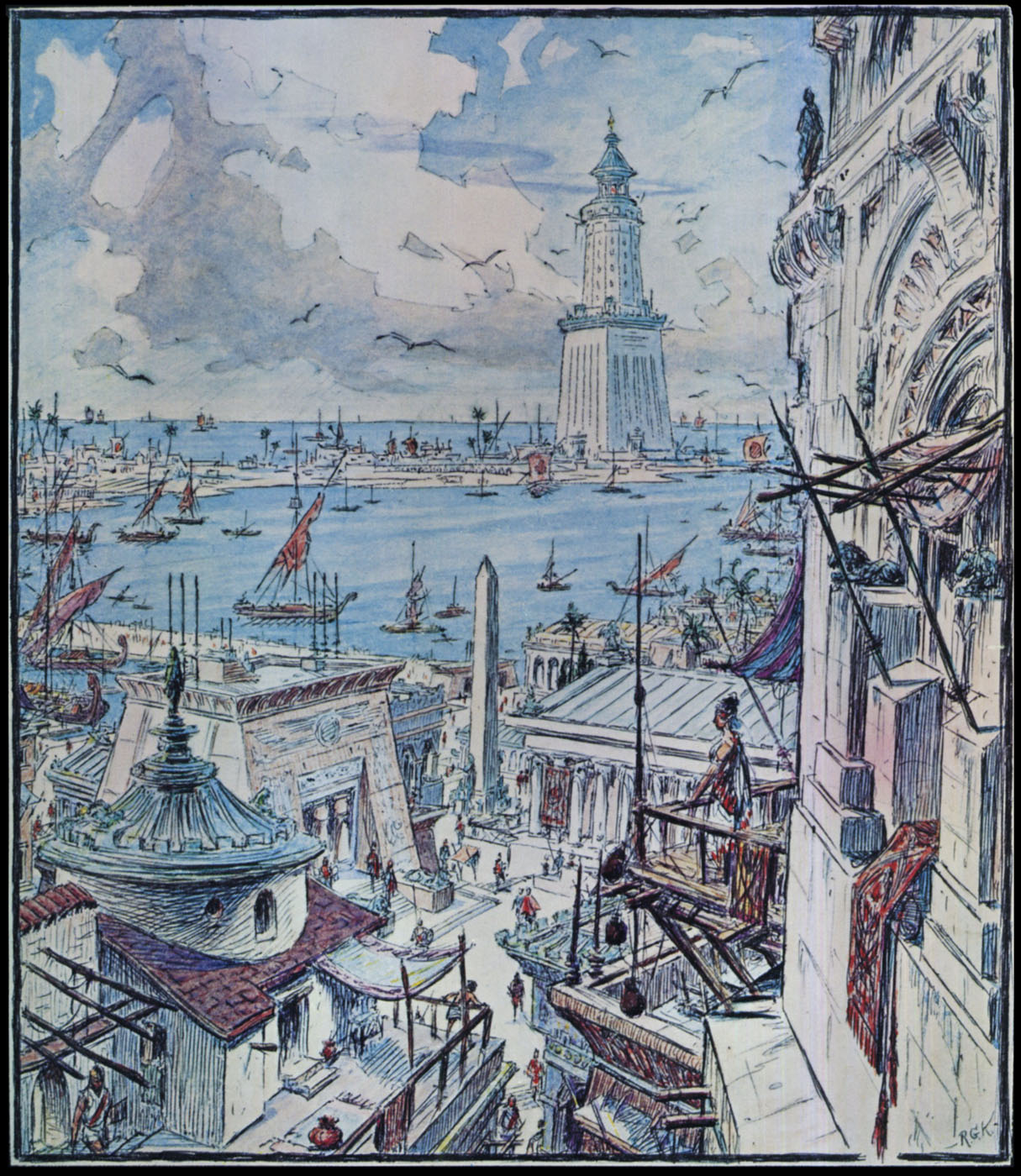
Let’s talk about ancient Alexandria, and why it was one of the greatest cities to exist during the time of the Greeks and the Romans. Founded by Alexander the Great, the city was already flourishing before it was eventually conquered by the Romans. Perhaps the greatest folly of the Romans was the sacking and burning of the library of Alexandria, one of the greatest libraries to exist.
Despite the burning of the library, Alexandria still continued to flourish under Roman rule. It attracted philosophers, mathematicians, and much more, and became a center of religion and politics in the Roman world. Despite surviving a purge, the city thrived under the Romans, and was one of its greatest cities.
Athens

Isn’t it strange that most of the greatest cities of the Roman Empire came from the Greeks? Those who know their Greek industry understand the importance of Athens. It was named after the Greek goddess Athena, and was a center of learning and philosophy — an enlightened city in a bygone era. Naturally, when the Romans conquered the Greeks, Athens continued to be a thriving city under the Romans.
It had a similar function, being a place of enlightenment and learning for young Romans.It was primarily a city for the wealthy, and its elegance didn’t fade for a very long time. Like with most things, Athens would eventually fall, but that’s a story for another time.
Rome
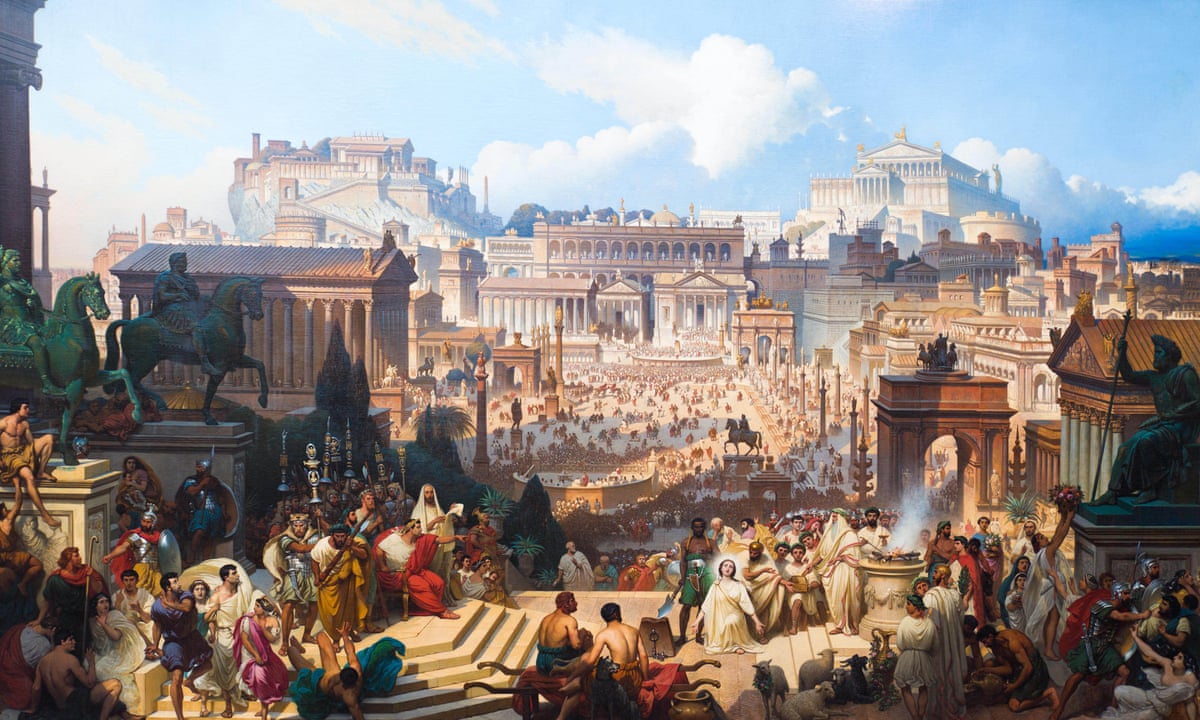
Did you think we would talk about the greatest cities of ancient Rome without mentioning perhaps the most important Roman city of them all? The amazing thing about Rome is how quickly it grew over the centuries. It elevated its position from a small yet prosperous town to an Empire that seemed to stretch in all directions. Everything you could expect from a thriving city you could see in Rome, and all manner of people lived and died there.
The center of the Roman Empire was where the great caesar lived, and where some of the most important events of Roman history occurred. It goes without saying that among all the great cities of ancient Rome, the city of Rome sits at the top of the pantheon.
Constantinople

When it comes to the cities that match the splendor and intrigue of Rome, you need look no further than Constantinople. It’s often considered the great queen of cities, and was the Easter counterpart of Rome itself. The amazing thing is that after the Roman capital fell, Constantinople continued to thrive, and was considered to be the new center of the Roman world. It was a city world-renowned for its wealth and was a center of trade.
It also had some of the greatest religious structures in the known world, including the Hagia Sophia. There was a time when the Emperor of Constantinople became the only Roman Emperor, though that would also eventually end around 1453. The city’s great walls would be breached only twice in the span of a thousand years.
Ravenna

The fascinating thing about Ravenna was that during the early stages of the Roman Empire, it was neglected as a backwater town. It would experience a few improvements here and there, and over the years would grow into a surprisingly prosperous city.
Eventually, it became the capital of Western Rome, which is so strange considering the city’s history. The fact that it was surrounded by marshes was considered an eyesore at first, but it became one of the reasons why Ravenna was turned into the capital. It was much easier to protect against insurgents.
Carthage

Anyone who’s heard of Carthage probably already knows about its fall, as that’s what everyone seems to talk about when it comes to this particular city. Carthage was known to have strong foundations, and was a thriving city under queen Elisa during its founding. Unfortunately, Carthage had many enemies, and the Carthaginians made the mistake of allying with the Greeks against the Romans.
As a result, during the Punic Wars, the city of Carthage was all but obliterated by the Romans. It was entirely transformed from the bottom up, and became a Roman settlement after. Surprisingly, it was still considered an important city by the Romans, before it was eventually devastated again by Byzantine forces. Carthage never quite recovered, and lies in ruins today.
Antioch
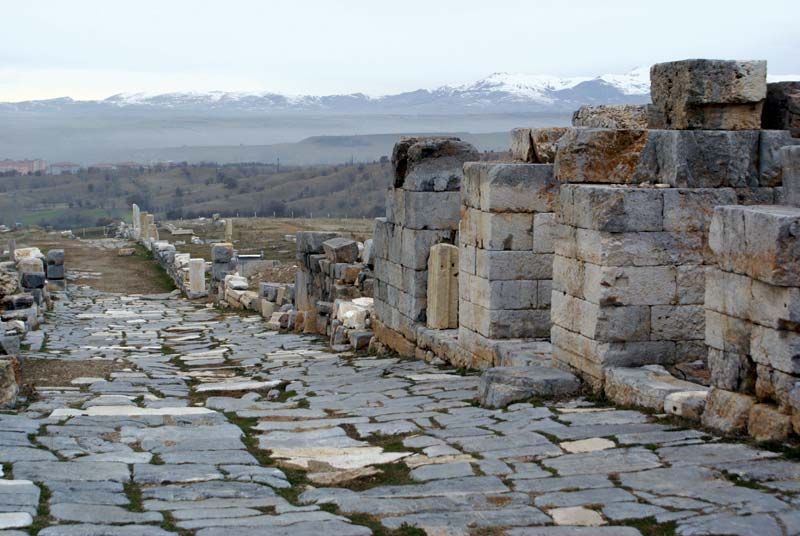
The death of Alexander brought about one of the greatest shifts of the known world, as it started the Hellenistic period of the Greeks, eventually leading to its downfall at the hands of the Romans. Antioch was a city built by one of the founding generals of Alexander’s army, Seleucus I, and so Antioch became the capital of the Seleucid Empire. While it was a prosperous city, the prosperity under the Seleucids did not last, as the Romans eventually conquered Antioch.
That said, despite being conquered by the Romans, it continued to thrive and counts as one of the most important cities of the Roman Empire. The reason it flourished was due to the city’s location at the end of the Western side of the silk road.
Milan
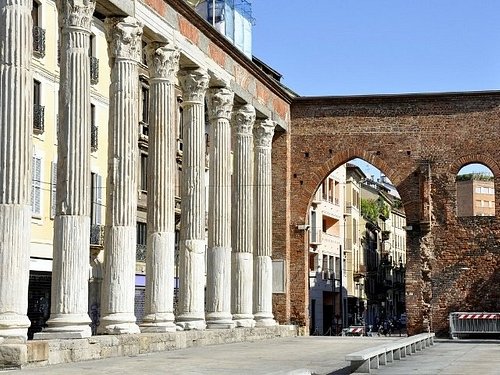
During the time of the ancient Romans, there were a few cities that acted as the de facto capital of Rome for a few reasons. You’ve already read about Ravenna and Constantinople, though Milan would become the capital of Western Rome for a short time for different reasons. For example, one of the reasons why Milan was such a prized location for the Romans was due to its place at the outskirts of the Empire. It might seem a little odd at first, but keep in mind the Roman Empire was almost always at war.
It allowed the Empire greater control over military endeavors to have a de facto capital. It was also the seat of St Ambrose, the bishop of Milan, who had so much influence over the Roman Empire he had the power to challenge the rule of the Roman Emperor.
Pluto
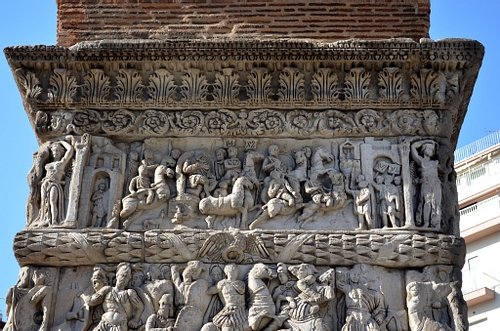
Interestingly enough, Thessalonica is known for thriving during the latter stages of the Roman Empire, even after the fall of the Western side, which was the center of the Roman world. Thessalonica continued to thrive during the latter stages, mainly due to its function as a religious center of learning. Thessalonica grew to be so large when the Western Roman Empire fell that it was only second to the overall size of Constantinople.
It’s so strange that a city known for religious education could grow to be one of the most important cities of the Roman Empire, but stranger things have indeed happened. Eventually, the city had to surrender itself to the Venetians to gain protection from the Turks, but that was only a temporary solution. In any case, Thessalonica prospered as one of the greatest cities despite not having such a significant connection to Roman affairs.
Mystras
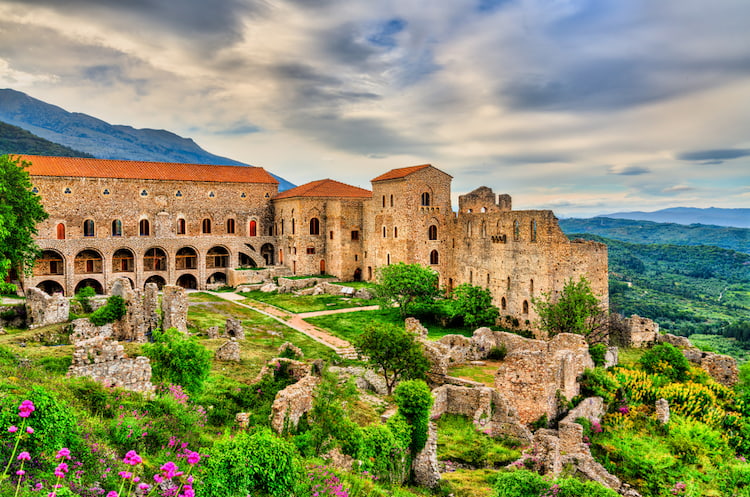
Mystras was yet another city that only seemed to thrive during the late stages of the Roman Empire. As a matter of fact, Mystras began to thrive only when Rome was a shadow of its former self. Mystras grew to be the second city when all that was left was the area around Constantinople, and it experienced a significant boom in popularity when Constantinople began to fall.
With a severe lack of cities that served as centers of learning during the fall of Constantinople, Mystras served as the last great beacon. It began to attract scholars from all over the known world, turning Mystras into a starting-off-point for artists. It was also known to house Plethon, a philosopher who would eventually kickstart the Renaissance.